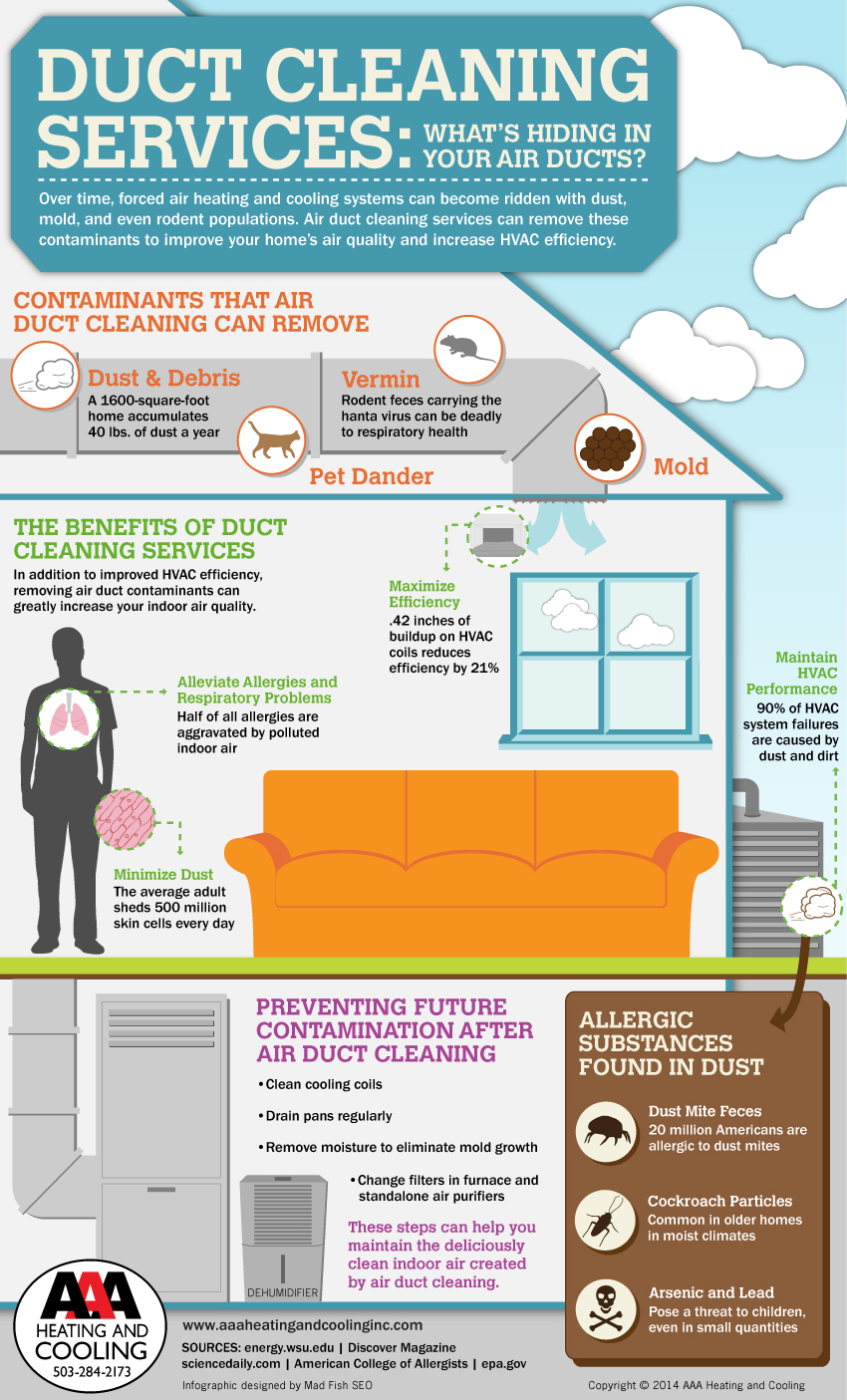The Ultimate Overview To Understanding Heat Pumps - Exactly How Do They Work?
The Ultimate Overview To Understanding Heat Pumps - Exactly How Do They Work?
Blog Article
heating ventilation and air conditioning Create By-Forrest Best
The best heatpump can conserve you substantial quantities of cash on energy costs. They can additionally help in reducing greenhouse gas discharges, particularly if you make use of electricity in place of fossil fuels like gas and home heating oil or electric-resistance furnaces.
Heat pumps work very much the like air conditioning system do. This makes them a feasible choice to standard electrical home furnace.
Exactly how They Work
Heat pumps cool down homes in the summertime and, with a little assistance from electrical energy or natural gas, they supply several of your home's heating in the winter months. They're a good alternative for people who wish to lower their use of nonrenewable fuel sources however aren't ready to change their existing furnace and cooling system.
They depend on the physical reality that also in air that appears too chilly, there's still power present: warm air is always relocating, and it wishes to relocate into cooler, lower-pressure environments like your home.
Many ENERGY STAR certified heat pumps operate at near to their heating or cooling ability throughout most of the year, minimizing on/off cycling and saving energy. For the best efficiency, focus on systems with a high SEER and HSPF rating.
The Compressor
The heart of the heat pump is the compressor, which is also called an air compressor. This mechanical flowing tool utilizes potential power from power development to enhance the pressure of a gas by decreasing its volume. It is various from a pump because it only deals with gases and can't work with fluids, as pumps do.
Climatic air enters the compressor with an inlet valve. how are heat pumps installed vane-mounted arms with self-adjusting size that split the inside of the compressor, developing several cavities of varying size. The blades's spin forces these tooth cavities to move in and out of phase with each other, compressing the air.
The compressor reels in the low-temperature, high-pressure refrigerant vapor from the evaporator and presses it into the warm, pressurized state of a gas. This procedure is duplicated as needed to supply home heating or cooling as needed. mitsubishi ducted heat pump cost consists of a desuperheater coil that recycles the waste heat and adds superheat to the refrigerant, altering it from its liquid to vapor state.
The Evaporator
The evaporator in heatpump does the same point as it performs in fridges and air conditioning system, changing fluid cooling agent right into a gaseous vapor that eliminates warmth from the room. Heat pump systems would not function without this essential piece of equipment.
This part of the system is located inside your home or structure in an interior air handler, which can be either a ducted or ductless system. It includes an evaporator coil and the compressor that presses the low-pressure vapor from the evaporator to high pressure gas.
Heat pumps take in ambient warmth from the air, and then make use of electricity to move that warmth to a home or company in home heating mode. That makes them a whole lot much more energy reliable than electrical heating systems or furnaces, and because they're utilizing clean electrical power from the grid (and not melting gas), they additionally generate far less discharges. That's why heat pumps are such fantastic environmental choices. (And also a massive reason that they're becoming so prominent.).
The Thermostat.
Heat pumps are excellent choices for homes in cold environments, and you can utilize them in combination with standard duct-based systems or perhaps go ductless. They're a terrific alternate to nonrenewable fuel source heater or conventional electric furnaces, and they're much more lasting than oil, gas or nuclear HVAC tools.
Your thermostat is one of the most important element of your heat pump system, and it works really differently than a conventional thermostat. All mechanical thermostats (all non-electronic ones) job by using materials that alter dimension with boosting temperature, like coiled bimetallic strips or the increasing wax in an automobile radiator valve.
These strips contain 2 different sorts of steel, and they're bolted together to develop a bridge that finishes an electrical circuit linked to your a/c system. As the strip gets warmer, one side of the bridge expands faster than the other, which triggers it to bend and indicate that the heating unit is needed. When the heat pump remains in home heating setting, the reversing shutoff turns around the flow of refrigerant, to make sure that the outdoors coil currently operates as an evaporator and the interior cyndrical tube comes to be a condenser.